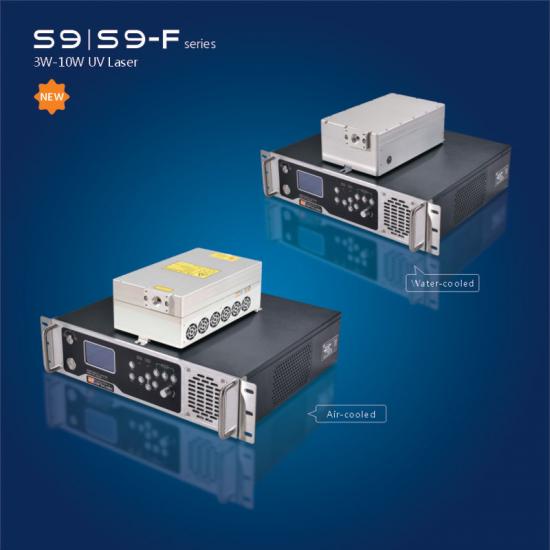Latest Blog
8w 10w uv lasers processing demand explodes, come here to find out!
Jul 06 , 20228w 10w uv lasers processing demand explodes, come here to find out!
There is a saying in the industry: how high the laser industry can develop depends mostly on the level of laser development. Undoubtedly, since 2010, the development of fiber lasers has attracted much attention, overshadowing the performance of other laser products. However, we should not ignore the development achievements of some departments. There are some technologies and processing that seem to be unpopular. It is difficult to say whether they will become popular next year. The market is waiting for an opportunity and a flashpoint of application demand. Technological innovation is often a systematic and subversive process, not a partial one, such as the replacement of a steam engine by an electric locomotive. The same is true when looking back at laser processing replacing traditional processing techniques.
The development of lasers is not only about fiber lasers. In 2016, ultraviolet lasers also achieved impressive growth. Two or three years ago, the total shipments of solid-state ultraviolet lasers in the country were only about 3,000 units, and in 2016, they soared to 10,000 units. There was a shortage of stock in the industry. For a time, "Luoyang paper was expensive", while the suppliers of ultraviolet lasers smiled, and the shipments and performance also increased.

uv laser | green laser | Ultraviolet lasers | uv dpss laser | nanosecond laser | UV laser source | Solid State Lasers
At present, solid-state UV lasers used in industry generally refer to lasers that output UV light in nanoseconds. Diode-pumped solid-state UV lasers have high efficiency, high repetition frequency, reliable performance, small size, good beam quality, and stable power. Features. Due to the large energy of ultraviolet photons, it is difficult to generate a certain high-power continuous ultraviolet laser through the excitation of an external excitation source. Therefore, the realization of ultraviolet continuous wave laser is generally generated by the nonlinear effect frequency conversion method of crystal materials. There are generally two methods for generating all-solid-state ultraviolet laser spectral lines. One is to directly perform 3 or 4 frequency doubling of the infrared all-solid-state laser in the cavity or outside the cavity to obtain the ultraviolet laser spectral lines; The second harmonic is then used to obtain the ultraviolet laser spectral lines using the sum-frequency technique. The former method has a small effective nonlinear coefficient and low conversion efficiency, while the latter method has a much higher conversion efficiency than the former because of the use of the quadratic nonlinear polarizability. Crystal frequency doubling can realize continuous ultraviolet laser, and its beam shape is Gaussian, so the spot is circular, and the energy gradually decreases from the center to the edge. Due to the short wavelength and beam quality limitations, the beam can be focused on the order of 10 μm.
Ultraviolet lasers can be used for marking electronic products, marking of white goods, electrical enclosures, flying marking of food and drug production dates, etc. In addition, it can also make great achievements in some fine processing fields, including PCB/FPCB cutting and sub-board, ceramic punching and scribing, glass/sapphire/wafer cutting, fine punching, scribing, cutting and other fields. In 2016, there was a good market demand for the above applications, and the ultraviolet laser replaced some traditional YAG laser and CO2 laser applications.